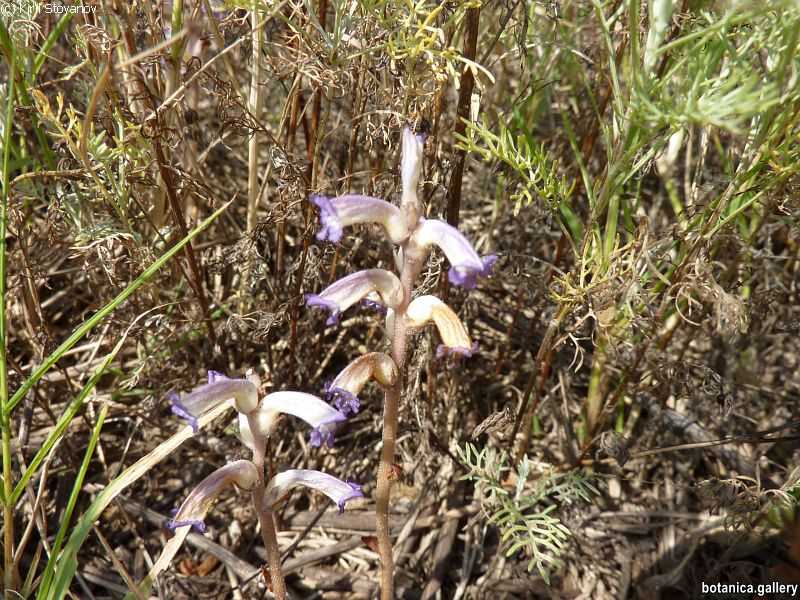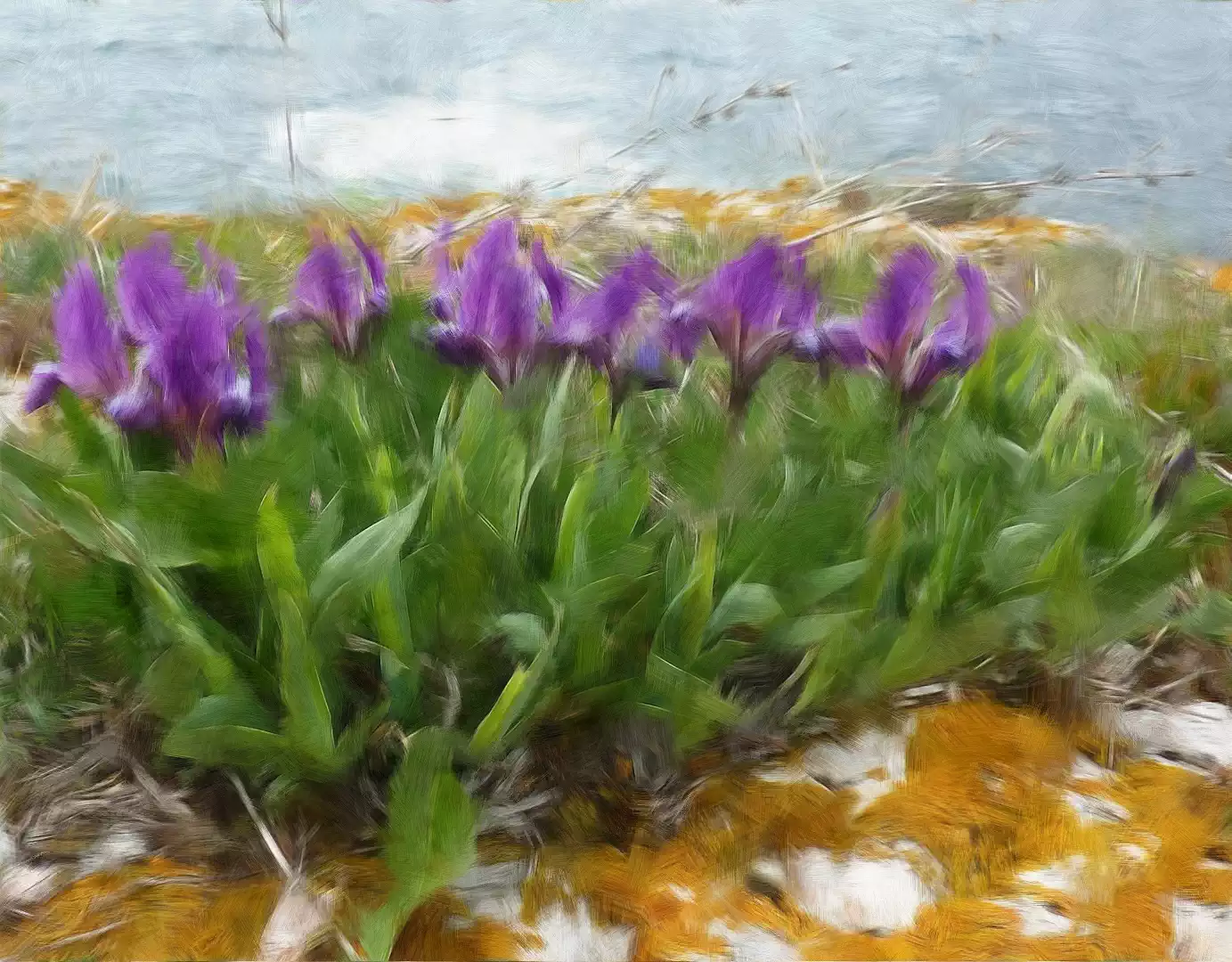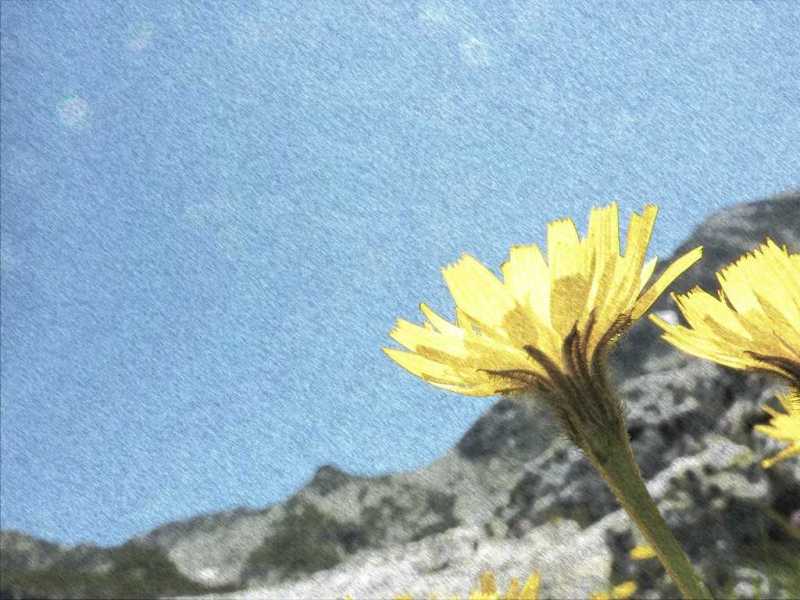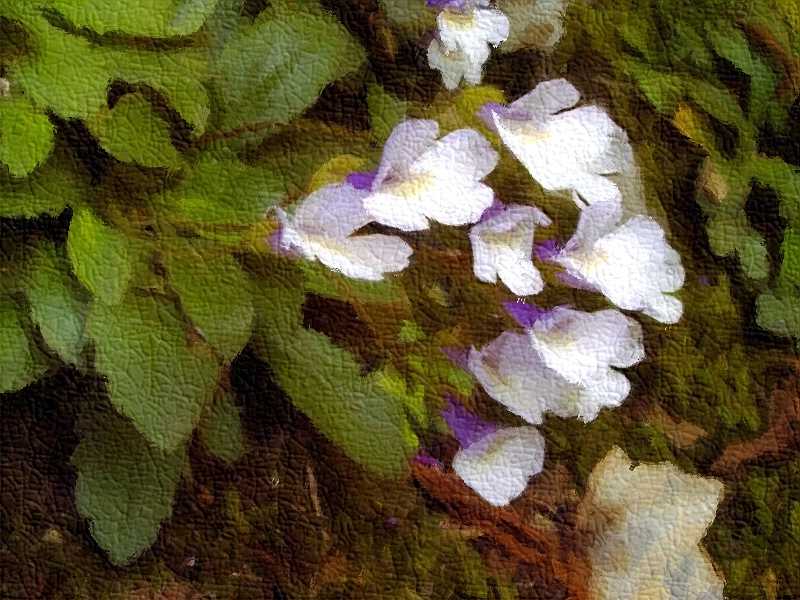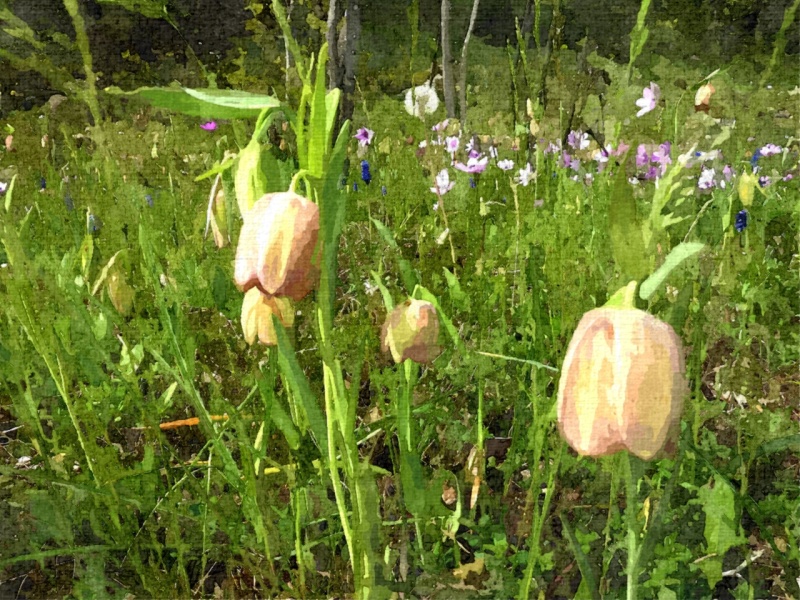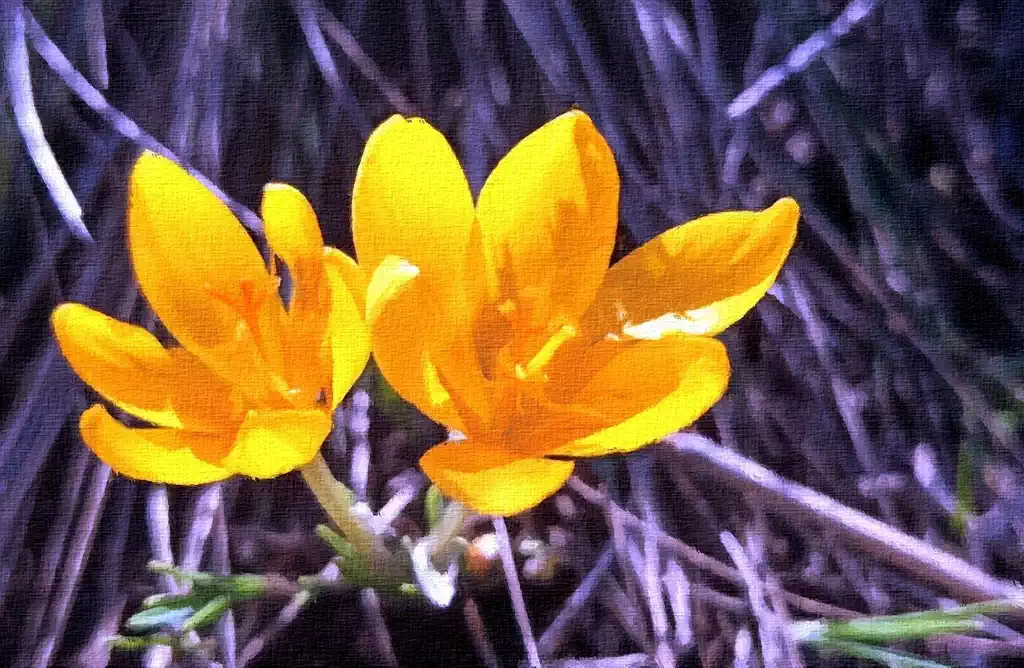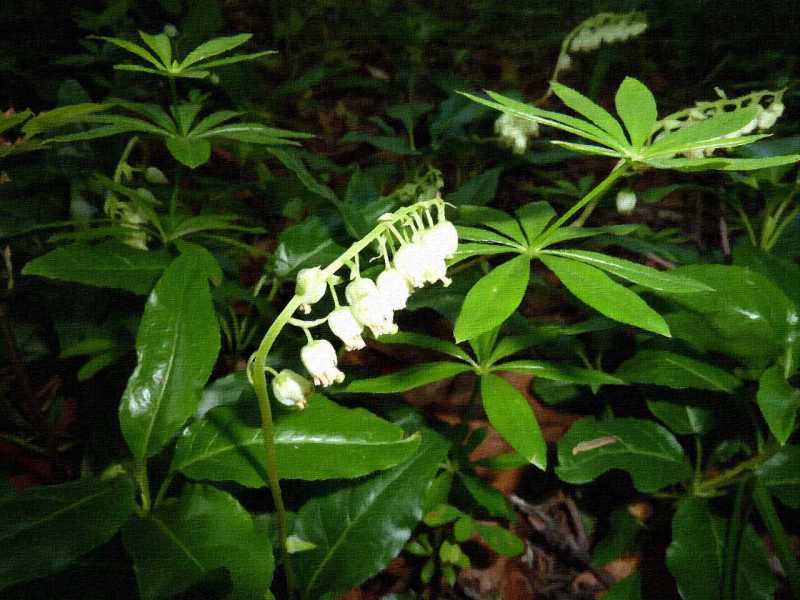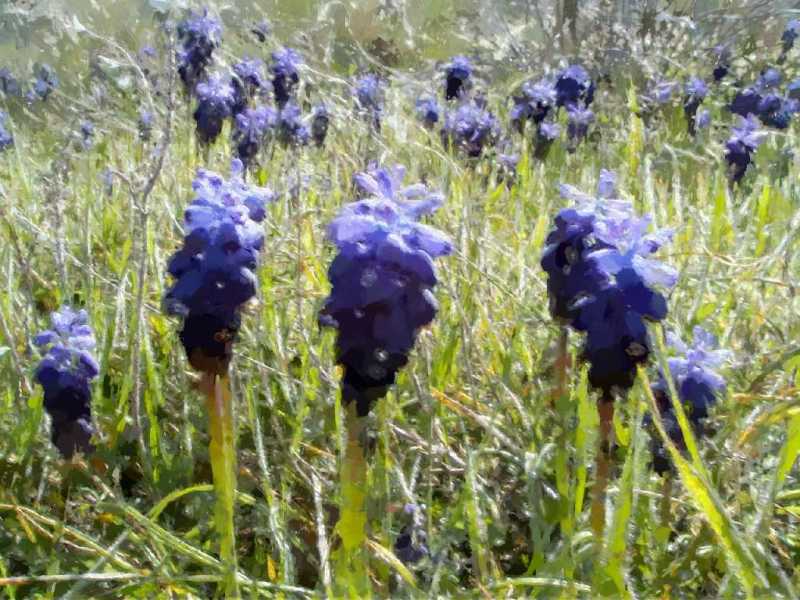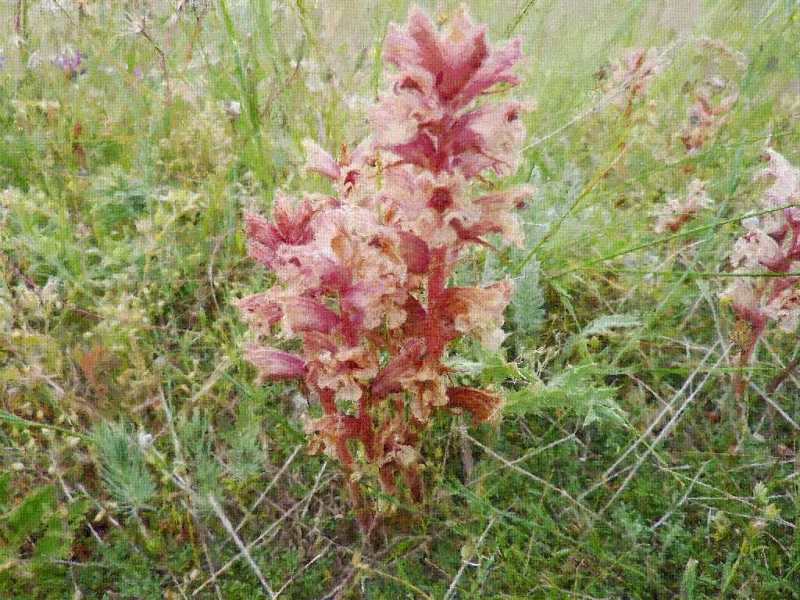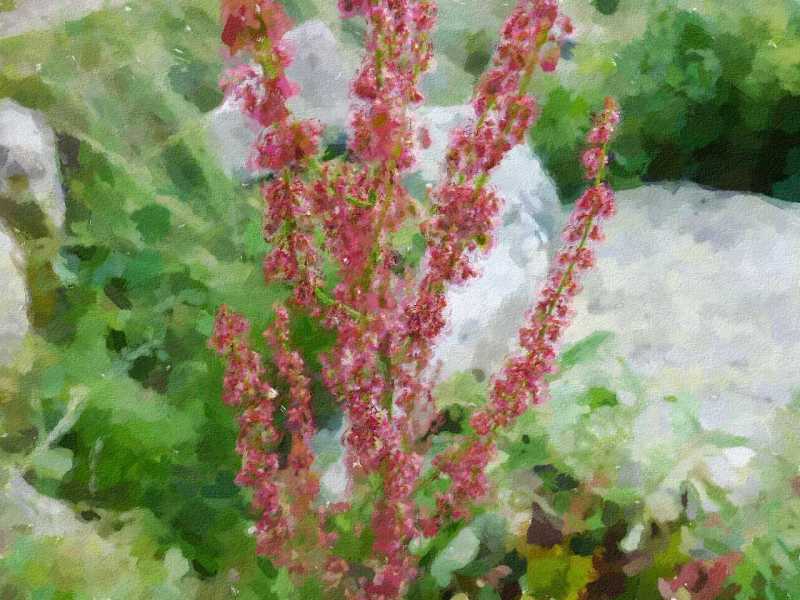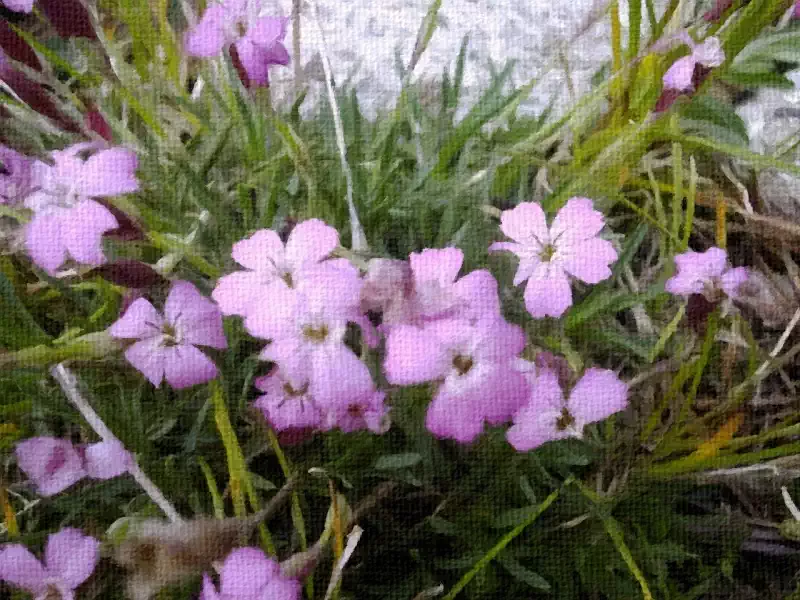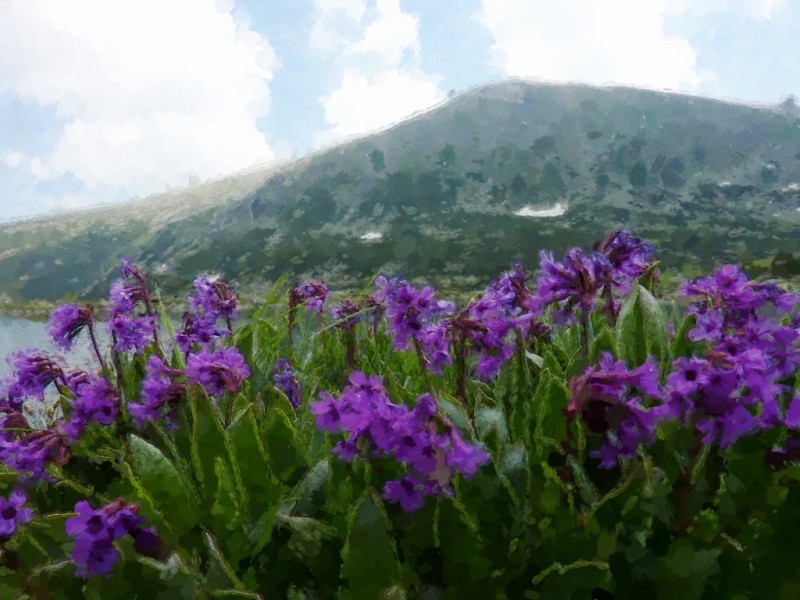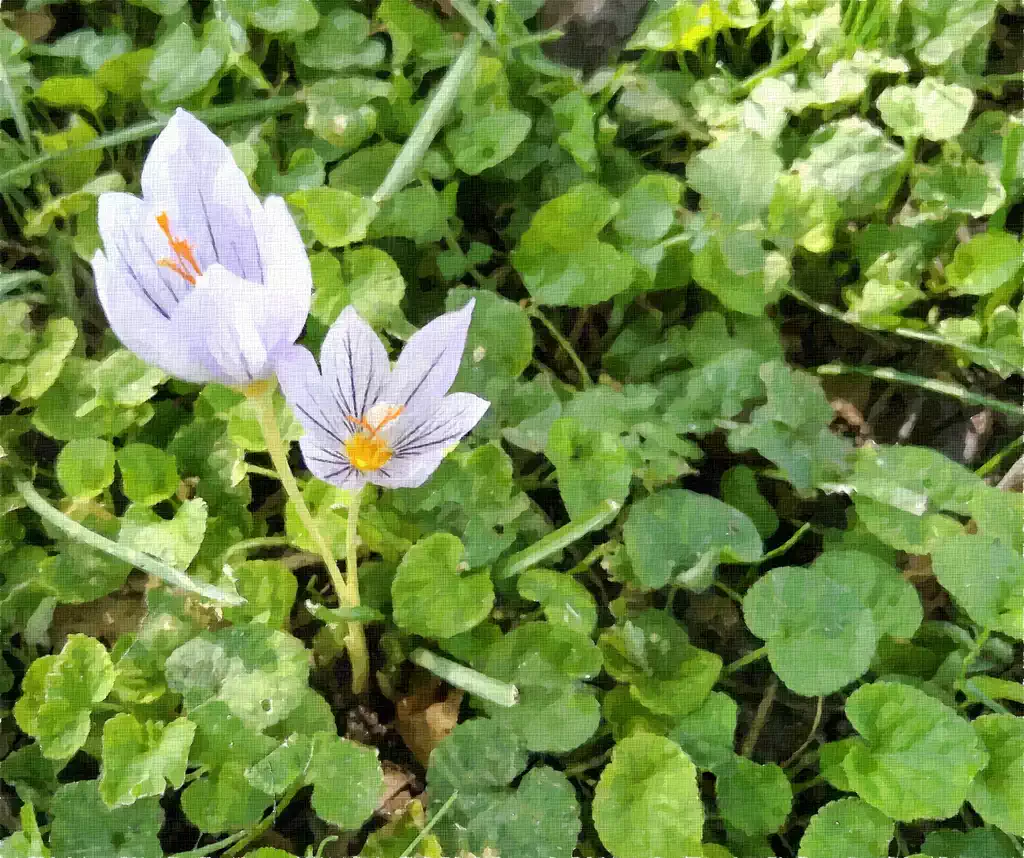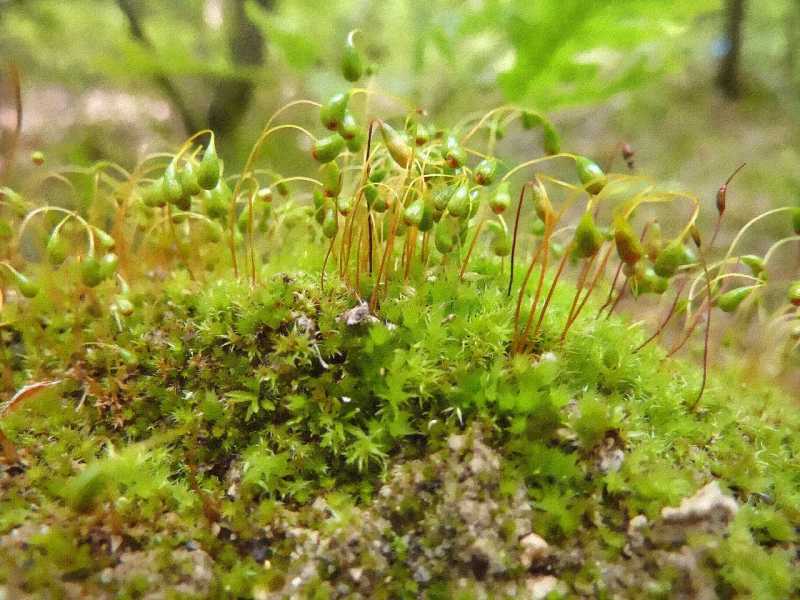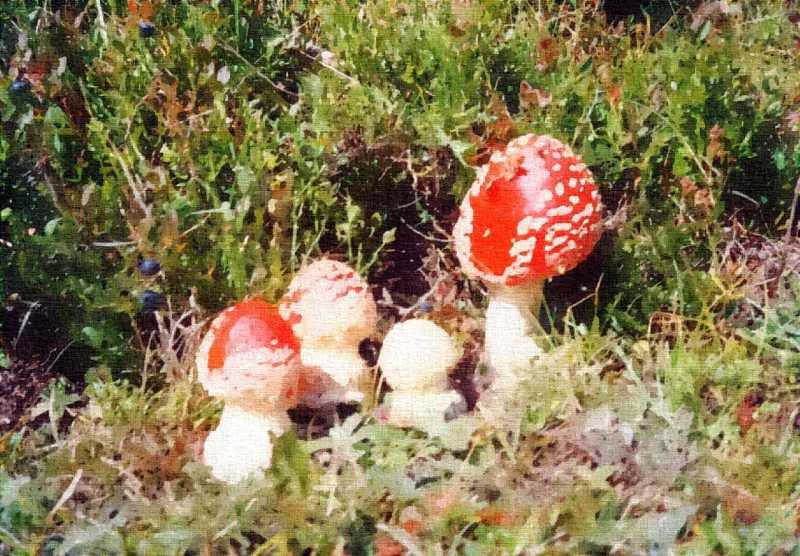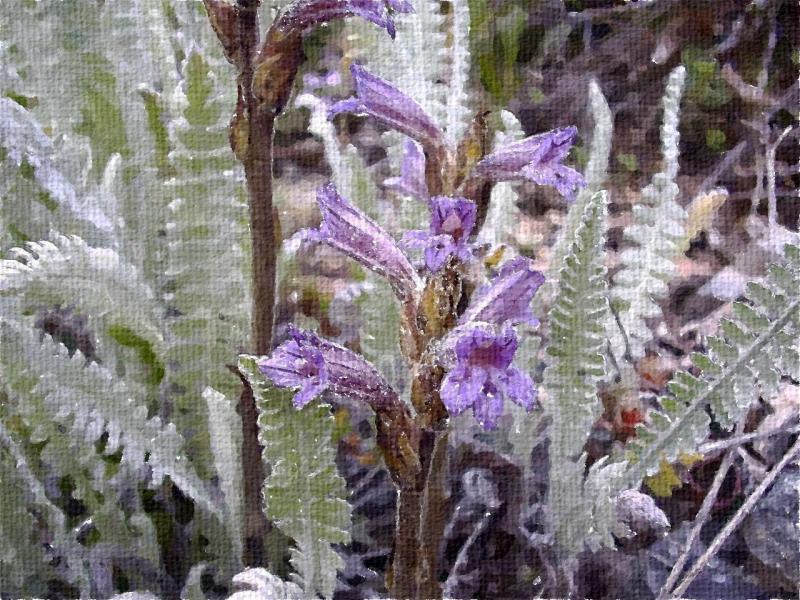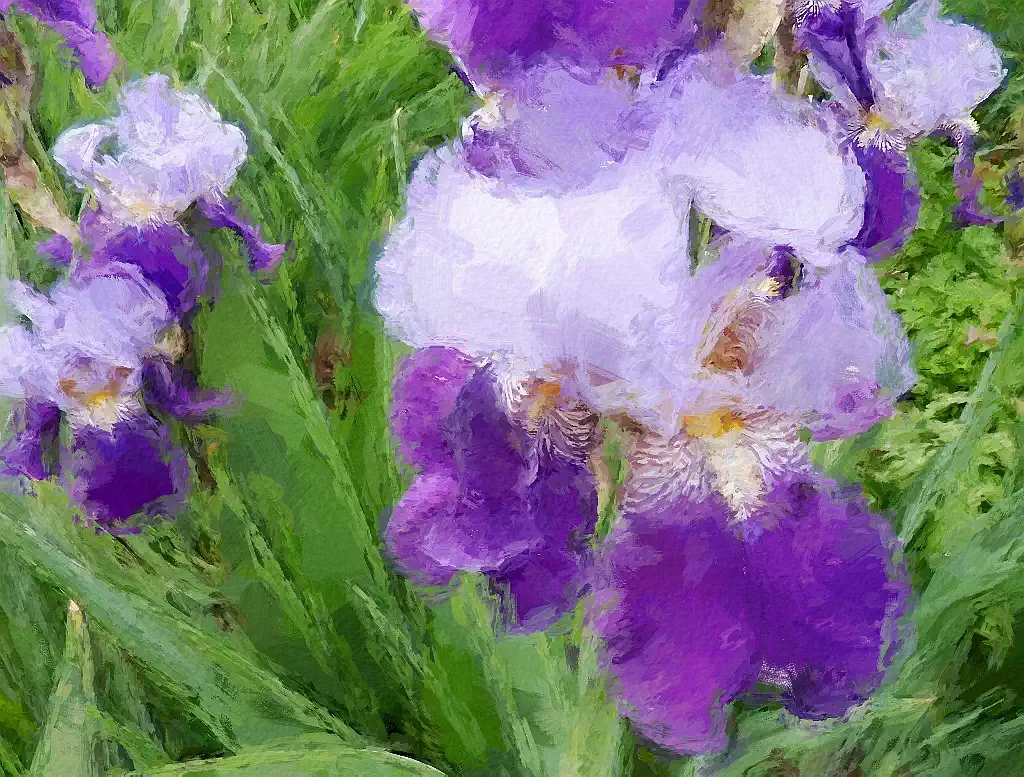PDFPineda-Martos R., Pujadas-Salva A., Fernández-Martínez J., Stoyanov K., Velasco L. & Pérez-Vich B. 2014.
The Genetic Structure of Wild Orobanche cumana Wallr.(Orobanchaceae) Populations in Eastern Bulgaria Reflects Introgressions from Weedy Populations.
The Scientific World Journal, Hindawi Publishing Corporation. vol 2014, Article ID 150432.
http://dx.doi.org/10.1155/2014/150432
Abstract:
Orobanche cumana is a holoparasitic plant naturally distributed from central Asia to south-eastern Europe, where it parasitizes wild Asteraceae species. It is also an important parasitic weed of sunflower crops.The objective of this research was to investigate genetic diversity, population structure, and virulence on sunflower of O. cumana populations parasitizing wild plants in eastern Bulgaria. Fresh tissue of eight O. cumana populations and mature seeds of four of them were collected in situ on wild hosts.
Genetic diversity and population structure were studied with SSR markers and compared to weedy populations. Two main gene pools were identified in Bulgarian populations, with most of the populations having intermediate characteristics. Cross-inoculation experiments revealed that O. cumana populations collected on wild species possessed similar ability to parasitize sunflower to those collected on sunflower. The results were explained on the basis of an effective genetic exchange between populations parasitizing sunflower crops and those parasitizing wild species. The occurrence of bidirectional gene flow may have an impact on wild populations, as new physiological races continuously emerge in weedy populations. Also, genetic variability of wild populations may favour the ability of weedy populations to overcome sunflo
wer resistance mechanisms.
Scopus, Web of Science, IF: 1.219
- [цитирано в: | cited in:]
- Abdalla M.M.F., Schafik M.M., Attia S.M. & Ghannam H.A. 2016. Molecular Characterization of Orobanche crenata in Egypt Using ISSR Markers and Its Relation to Faba Bean Breeding. Biotechnology Journal International 16(3): 1-11. DOI: 10.9734/BJI/2016/27216
- Arı T. 2022. BAZI CANAVAR OTU POPÜLASYONLARININ MOLEKÜLER BELİRTEÇLER İLE GENETİK KARAKTERİZASYONU [GENETIC CHARACTERIZATION OF SOME BROOMRAPE POPULATIONS VIA MOLECULAR MARKERS]. Tarımsal Biyoteknoloji Anabilim Dalı. Yüksek Lisans Tezi. TEKİRDAĞ NAMIK KEMAL ÜNİVERSİTESİ FEN BİLİMLERİ ENSTİTÜSÜ.
- Arı T., Demirbas S. and Bilgen B. 2022. Assessment of the Genetic Structure and Diversity of Orobanche cumana populations from Turkey Using Simple Sequence Repeat Markers. International Journal of Innovative Approaches in Agricultural Research, 6(4): 303-317. https://doi.org/10.29329/ijiaar.2022.506.2
- Barut A. K. 2017. TRAKYA BÖLGESİNE AİT Orobanche cumana Wallr. POPULASYONLARININ GENETİK ÇEŞİTLİLİĞİNİN MOLEKÜLER BELİRTEÇLER YARDIMI İLE BELİRLENMESİ. Yüksek Lisans Tezi. Tarımsal Biyoteknoloji Anabilim Dalı, Tekirdag.
- Bendaoud F., Kim G., Larose H., Westwood J.H., Zermane N. & Haak D.C. 2022. Genotyping-by-sequencing analysis of Orobanche crenata populations in Algeria reveals genetic differentiation. Ecology and Evolution. 12:e8750 DOI: 10.1002/ece3.8750 Scopus
- Bilgen B. 2022. Molecular markers for genetic diversity and characterization studies in Orobanche spp. IV. Balkan Agricultural Congress, 31 August – 02 September, 2022, Edirne, Turkey.
- Bilgen B., Barut A., Demirbash S. 2019. Genetic characterization of Orobanche cumana populations from the Thrace region of Turkey using microsatellite markers. Turkish Journal of Botany 43(1):38-47. DOI: 10.3906/bot-1807-71. Web of Science, Scopus
- Boukteb A., Sakaguchi S., Ichihashi Y., Kharrat M., Nagano A., Shirasu K. & Bouhadida M. 2021. Analysis of Genetic Diversity and Population Structure of Orobanche foetida Populations From Tunisia Using RADseq. Front. Plant Sci. https://doi.org/10.3389/fpls.2021.618245 Web of Science, Scopus
- Clapco S. & Duca M. 2020. Lupoaia Florii-Soarelui (Orobanche cumana Wallr.). Universitatea de Stat „Dimitrie Cantemir”. – Chișinău. ISBN 978-9975-89-183-7
- Clapco S., Martea R. & Duca M. 2020. Relaţia dintre distanta genetică şi distanţa geografică la unele populaţii de Orobanche cumana Wallr. din Republica Moldova. Stiintia Agricolia 1: 73-80. DOI: 10.5281/zenodo.3893057Web of Science
- Clapco S. 2021. Virulence and aggressiveness of some sunflower broomrape populations belonging to different countries. Scientific Papers. Series A. Agronomy, 64(1): 266-272.
- Cvejic S., Radanovic A., Dedic B., Jockovic M., Jocic S., Miladinovic D. 2020. Genetic and Genomic Tools in Sunflower Breeding for Broomrape Resistance. Genes, 11(2): 1-17. DOI: 10.3390/genes11020152 Web of Science, Scopus
- Dedić B., Miladinović D., Jocić S, Cvejić S., Jocković M., Miklič V. 2018. Increase in virulence of sunflower broomrape in Serbia. Proceedings of 4th International Symposium on Broomrape in Sunflower, Bucharest, Romania, 2-4 July 2018, p. 29-37.
- Dedić B., Gvozdenac S., Cvejić S., Jocković M., Radanović A., Jocić S. & Miladinović D. 2022. Designing Sunflower for Biotic Stress Resilience: Everlasting Challenge. In: Kole, C. (eds) Genomic Designing for Biotic Stress Resistant Oilseed Crops. Springer, Cham. pp 85-136. https://doi.org/10.1007/978-3-030-91035-8_3
- Duca M., Boicu A., Clapco S. 2020. Comparative analysis of two Orobanche cumana Wallr. accessions with a different virulence. Acta Physiologiae Plantarum volume 42, Article number: 170. https://doi.org/10.1007/s11738-020-03152-7 Web of Science, Scopus
- Duca M., Port A., Mutu A. & Clapco S. 2020. Variabilitaeta genetica a unor populatii de Orobanche cumana Wallr. din Republica Moldova. Buletinul Academiei de Ştiinţe a Moldove. Genetica, Biologia moleculară şi Ameliorarea. 1(340): 81-94.
- Duca , M., Joita-Pacureanu M., Port A., Martea R., Boicu A., Risnovanu L. & Clapco S. 2020. Genetic diversity analisys of sunflower broomrape populations from Republic of Moldova using ISSR markers. Romanian Agricultural Research, 37: 89-97. Web of Science, Scopus
- Duca M., Mutu A., Clapco S. 2021. Efficiency of microsatellite markers in gebnotyping of Orobanche cumana populations. Lucrări Ştiinţifice, seria Agronomie, 64(1):23-30.
- Duca M., Mutu A. & Bivol I. 2022. Comparison of different types of molecular markers used in genetic diversity studies of broomrape from Serbia. Scientific Bulletin Series F. Biotechnologies. 26(2): 52-59.
- Duca M. & Bivol I. 2023. Genetic diversity of broomrape (Orobanche cumana Wallr.) populations from different geographical origins assessed by ISSR markers. Helia, 2023. https://doi.org/10.1515/helia-2023-0014
- Ennami M., Briache F.Z., Mansi J.M., Gaboun F., Ghaouti L., Belqadi L. & Mentag R. 2017. Genetic Diversity of Moroccan Orobanche crenata Populations Revealed by Sequence-Related Amplified Polymorphism Markers. Journal of Agricultural Science, 9(4): 164-175. Scopus
- Hongies A., Sirbu V., Rahota D., Mihaela Luca C. & Pallag A. 2016. Biochemical Study of Helianthus annuus L. Exudate, Related to Orobanche cumana Wallr. Germination Inhibitors. Revista de Chimie, 67(12), pp. 2460-2463 Scopus
- Kalinova S., Marinov Serafimov P., Golubinova I. & Entcheva. 2020. Alelopatic effect of sunflower broomrape (Orobanche cumana Wallr.) on the development of sunflower (Helianthus annuus L.). Bulg. J. Agric. Sci., 26 (1), 132–140. Web of Science, Scopus
- Kirilova I., Hristeva Ts. & Denev I. 2019. Identification of seeds of Phelipanche ramosa, Phelipanche mutelii and Orobanche cumana in the soils from different agricultural regions in Bulgariaby molecular markers. Biotechnology & Biotechnological Equipment, DOI: 10.1080/13102818.2019.1591933 Web of Science, Scopus
- Koç M. 2022. Akış Sitometri Yöntemiyle Yabani Ayçiçeği Türlerinde Çekirdek DNA ile Ploidi Analizi ve Orobanşa Dayanım İçin Seçici Moleküler Markırların Araştırılması. Doktora Tezi. Edirne.
- Lerner F. 2021. Wirkungsweise und molekulare Analyse der durch ProhexadionCalcium induzierten Sonnenblumenresistenz gegen Orobanche cumana. Dissertation zur Erlangung des Grades „Doktor der Naturwissenschaften“ am Fachbereich Biologie der Johannes Gutenberg-Universität in Mainz.
- Mitkov A., Yanev M., Neshev N., Tonev T., Joita-Pacureanu M. & Cojocaru F. 2019. Efficacy against Broomrape and selectivity of Imazamox-containing herbicides in Sunflower. Romanian Agricultural Research, 36. DII 2067-5720 RAR 2019-16 Web of Science, Scopus
- Nikolov Z. 2020. New and rare species of the genus Orobanche (Broomrapes) in the flora of the Republic of North Macedonia. Acta Musei Macedonici Scientiarum Naturalium, 2020, Vol. 23, pp: 19-3.
- Parker C. 2022. Orobanche cumana (sunflower broomrape). In: CABI Compendium. https://doi.org/10.1079/cabicompendium.37745
- Rodriguez Oeda M.I. 2016. Estudios genéticos y de biología reproductiva en Orobanche cumana Wallr (thesis doctoral). Universidad de Córdoba, UCOPress
- Rubiales D. 2018. Can we breed for durable resistance to broomrapes? Phytopathologia Mediterranea (2018), 57, 1, 170−185. DOI: 10.14601/Phytopathol_Mediterr-22543 Web of Science, Scopus
- Stojanova B., Delourne R., Duffe P. 2019. Genetic differentiation and host preference reveal non-exclusive host races in the generalist parasitic weed Phelipanche ramosa. Weed Research, DOI: 10.1111/wre.12353. Web of Science, Scopus
